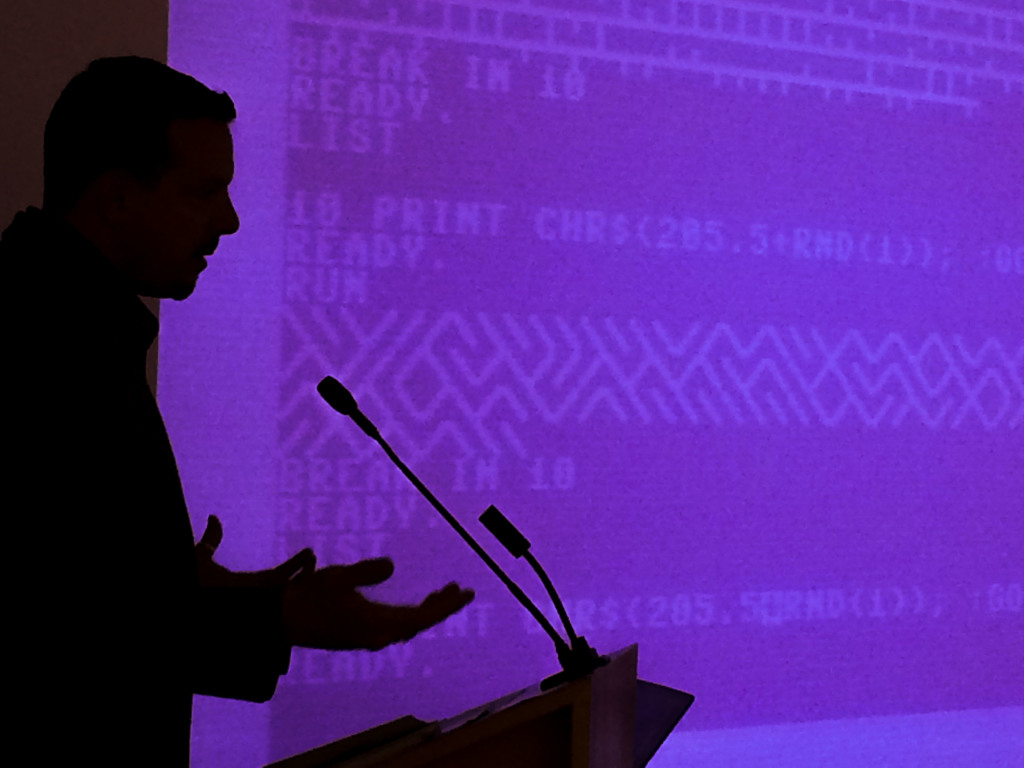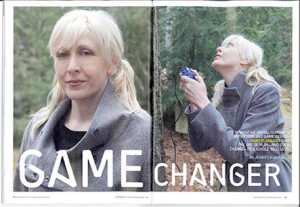Z-Machine Implemented in Hardware
It happened to some extent with LISP, which certainly started out as a software programming language, and the LISP machines, which supported the language with hardware features.
Now, the Z-Machine, which was probably the first commercial virtual machine, developed in 1979 by Joel Berez and Marc Blank for Infocom, has been implemented in hardware using an FPGA. The Verilog code is available, so you can make your own if you like.
It all goes to show you … there is no software.


